I doubt there is a nation with a more peculiar history than Cape Verde or, to give it it’s official Portuguese name, Republica de Cabo Verde. Until the mid-15th Century, the archipelago of ten islands which form the modern African nation, were uninhabited volcanic lumps of rock. Unknown and undiscovered, some 570km (350 miles) off the coast of West Africa, they stood in grand isolation, bleached by a vicious sun and battered by the tempestuous Atlantic Ocean.
Although its possible that Arab traders visited the islands before Europeans, its only in 1456, when Portuguese sailors arrived off the islands, that we have written records of their discovery. Prone to drought and with few natural resources, the islands still had some advantages: there was fresh water and, on two of the islands, salt pans. Vital commodities for European sailors, who were starting to explore down the coast of Africa and across the Atlantic to the Americas.
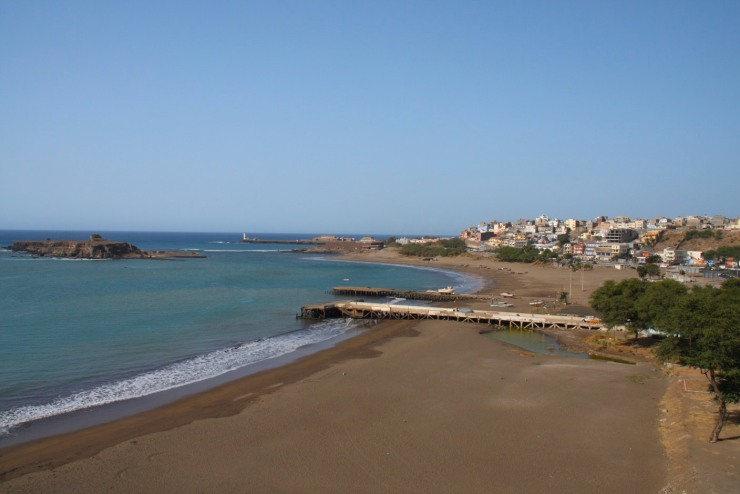
In 1462, the Portuguese, recognising the importance of the islands, claimed them for themselves and founded the first permanent European city in the tropics, Cidade Velha. A massive fort was built on the southern coast of the island of Santiago, overlooking the town and port of Cidade Velha, to protect growing Portuguese trade. European settlement remained low-key, but in the early 16th Century everything changed dramatically thanks to one the most powerful economic drivers of the next three centuries: the Trans-Atlantic Slave Trade.

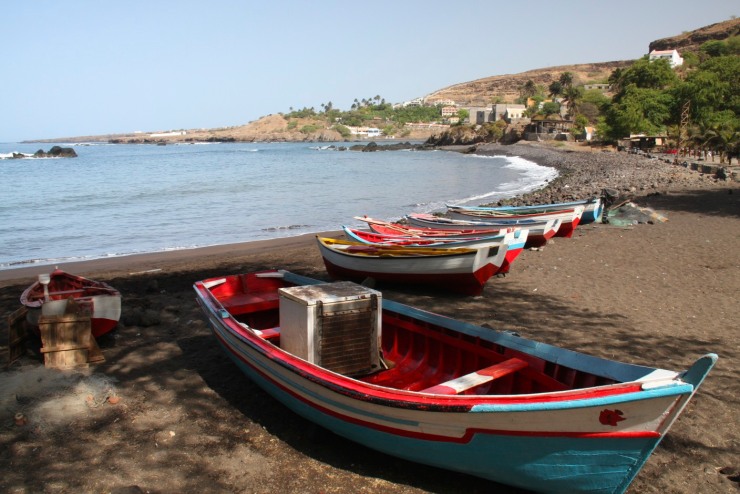
Between the 1520s and 1860s, approximately twelve and a half million African men, women and children were shipped across the Atlantic and sold into slavery. The history of slavery in Cape Verde is in two parts: initially, the Portuguese used slaves as free labour on the islands; but with the establishment of European colonies in the Americas, Cape Verde became an enormous marketplace and transit hub for the Trans-Altantic slave trade. Slave ships from every European nation used these islands to conduct the trade in slaves.
The duel role of the slave trade on the islands was reinforcing. Slaves were used to grow food and provide labour to provision slave ships for their journey across the Atlantic; but over time, slaves were brought to Cape Verde and European ships would buy them here rather than on the coast of Africa. By 1594 there were 14,000 slaves working on the island, and by the 1860s hundreds of thousands, if not millions, of slaves had passed through Cape Verde en route to South America, the Caribbean and the United States.
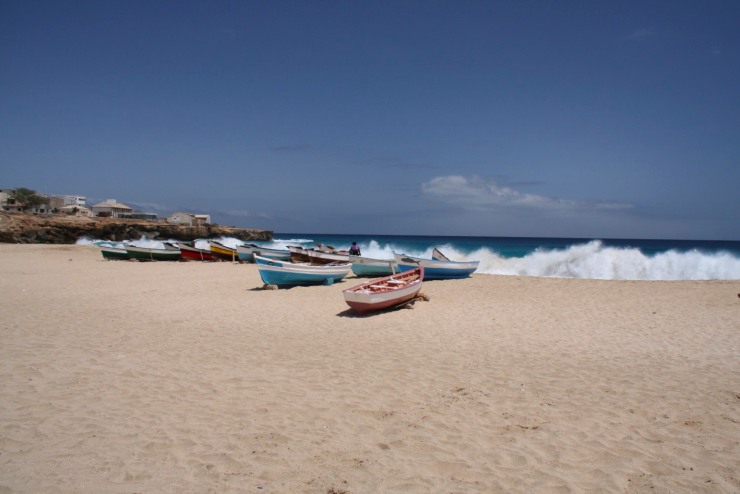
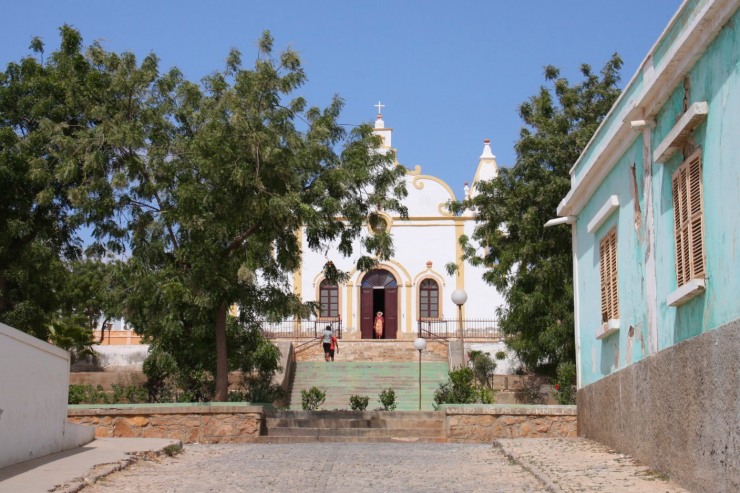
After the slave trade ended, the islands became important refuelling ports for trans-Atlantic shipping, and thrived until the Second World War, when the industry went into a rapid decline. A series of droughts which hit the islands in the second half of the 20th Century had an equally devastating impact, including one in the 1990s – over 200,000 people died during the droughts. There was mass emigration from the islands, and today the number of Cape Verdeans living in New England is greater than the population of the country.
Despite the tragic human history of the islands, its mixed African and European population has given rise to one of the most stable and democratic countries in Africa. It has also spawned a rich culture, perhaps best reflected in the truly extraordinary music of the islands. This is the home of Cesária Évora, the ‘Barefoot Diva’, and morna, the island’s haunting folk music full of loss and longing. This musical heritage hit the world music scene in the 1980s and 90s, and is one of the main reasons I wanted to visit the islands.

The islands are geographically spread out, and transport is rarely straight forward – there are irregular cargo boats between islands, the occasional scheduled ferry service and flights on small planes that book up quickly. While this sounds promising, all forms of transport are regularly cancelled due to bad weather, and, stuck in the middle of the Atlantic, bad weather is a regular occurrence. Give yourself a few days leeway when it comes to transport.
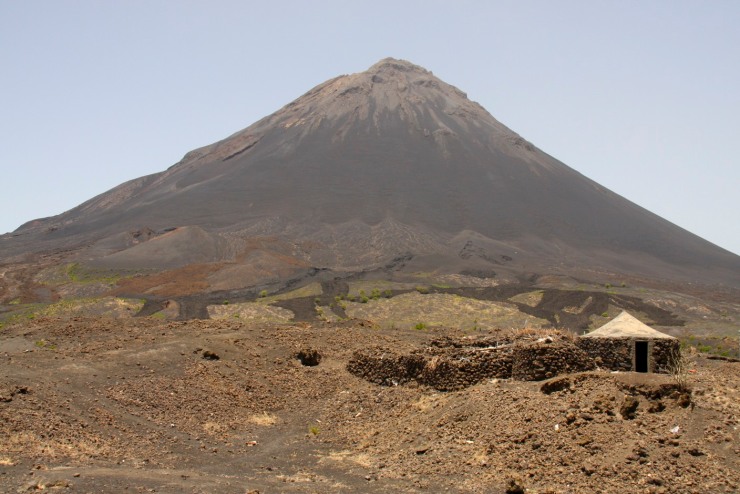
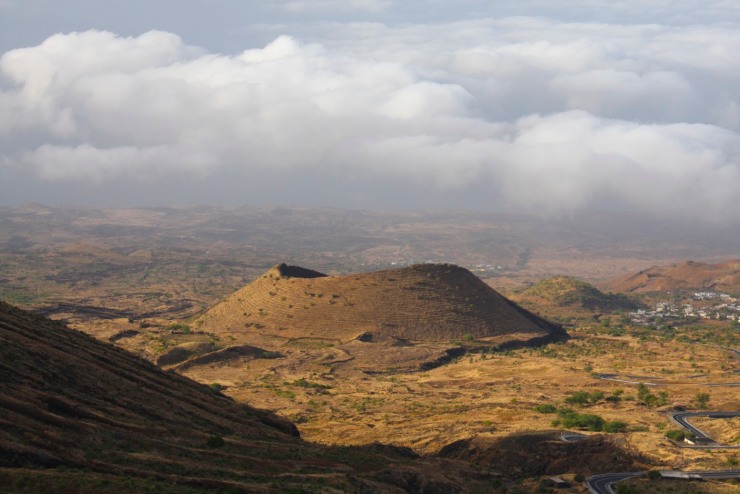
Flying in from Portugal, I decided to spend my ten days exploring the islands of Santiago (home to the capital city, Praia), Maio and Fogo. These three islands, while relatively close together, couldn’t be more different, and made for a fascinating introduction to Cape Verde.

Loved to read about Ethiopia. Nice to read.
Thank you, that is very kind. Warm regards, Paul
Reblogged this on sueshan123blog.
Want to go there too, Very interesting to read!
I really want to spend a lot more time there. Its a fascinating place and, despite the language barrier (my Portuguese is not good), people are very friendly and interested to chat.
Very interesting, thank you. MM 🍀
Thank you. Just visited your site, beautiful photography. Look forward to following your journey.
Reblogged this on Oyia Brown.
Over 31,000 Cape Verdeans in The Netherlands, mainly Rotterdam; a fascinating community.
The Cape Verdean diaspora is huge, and mainly in places where shipping was important. Rotterdam makes sense! In New England, the community arrived thanks to working on the whaling ships.